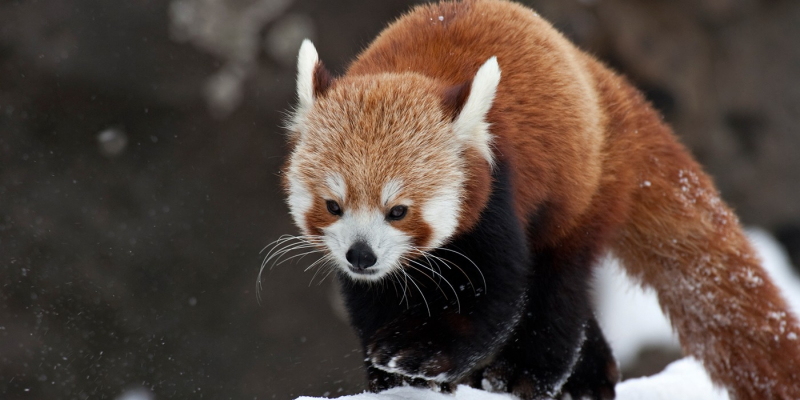Red pandas can withstand chilly conditions.
Red pandas lower their metabolic rate to preserve energy when the temperature drops. Red pandas may go into dormancy when it is extremely cold outside, which causes their metabolic rate to drop and then rise periodically when they awaken to search for food. They enter a profound slumber while in this "torpor" condition, which causes a decrease in their body temperature and breathing rate. This adaptation makes it possible for red pandas to use almost as little energy as sloths, which is particularly advantageous given the low nutritional value of their food. In order to preserve body heat and energy in the cold, they also engage in temperature-regulating activities including curling into a little ball.
Red pandas use their tails to balance and as a built-in blanket to protect them from the frigid nighttime temperatures, which may dip as low as 19 degrees Fahrenheit. Like the rest of their body, its tail is covered in a thick, woolly undercoat with long, coarse guard hairs. The only portion of them that is exposed to the outside is their nose since even the soles of their feet have an insulating layer of hair. As the summer heats up, red pandas spread out on branches and pant to stay cool.











